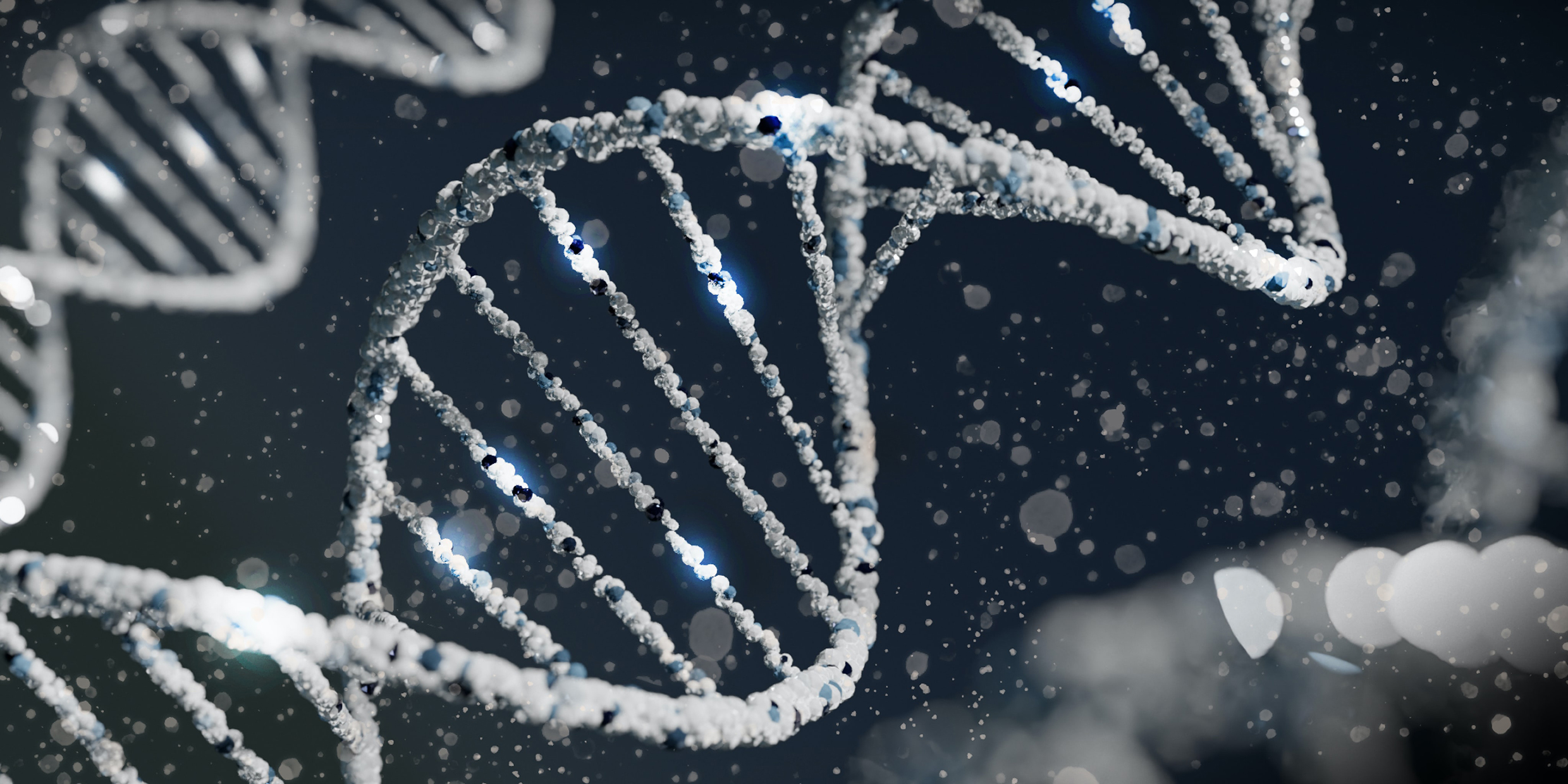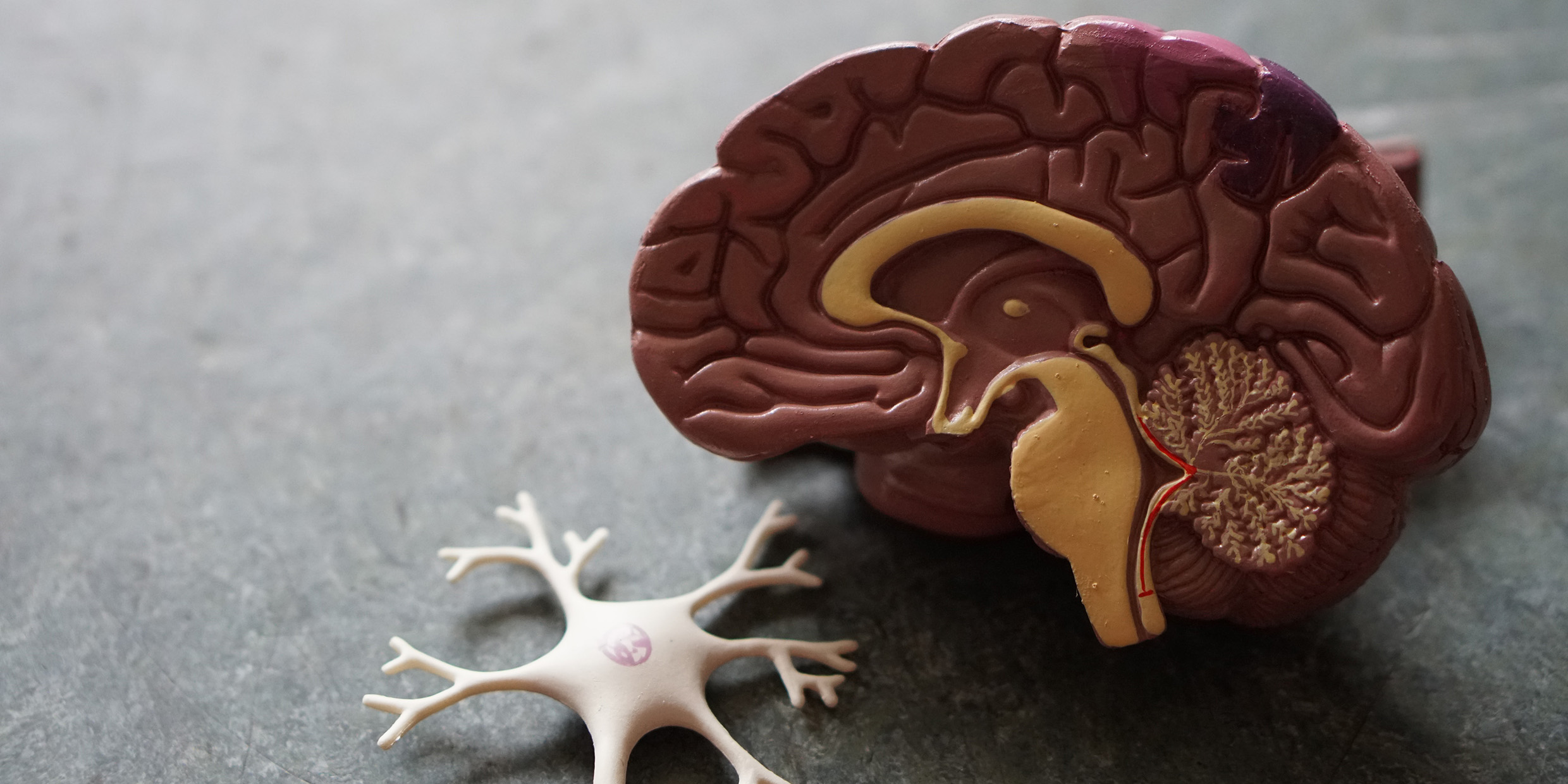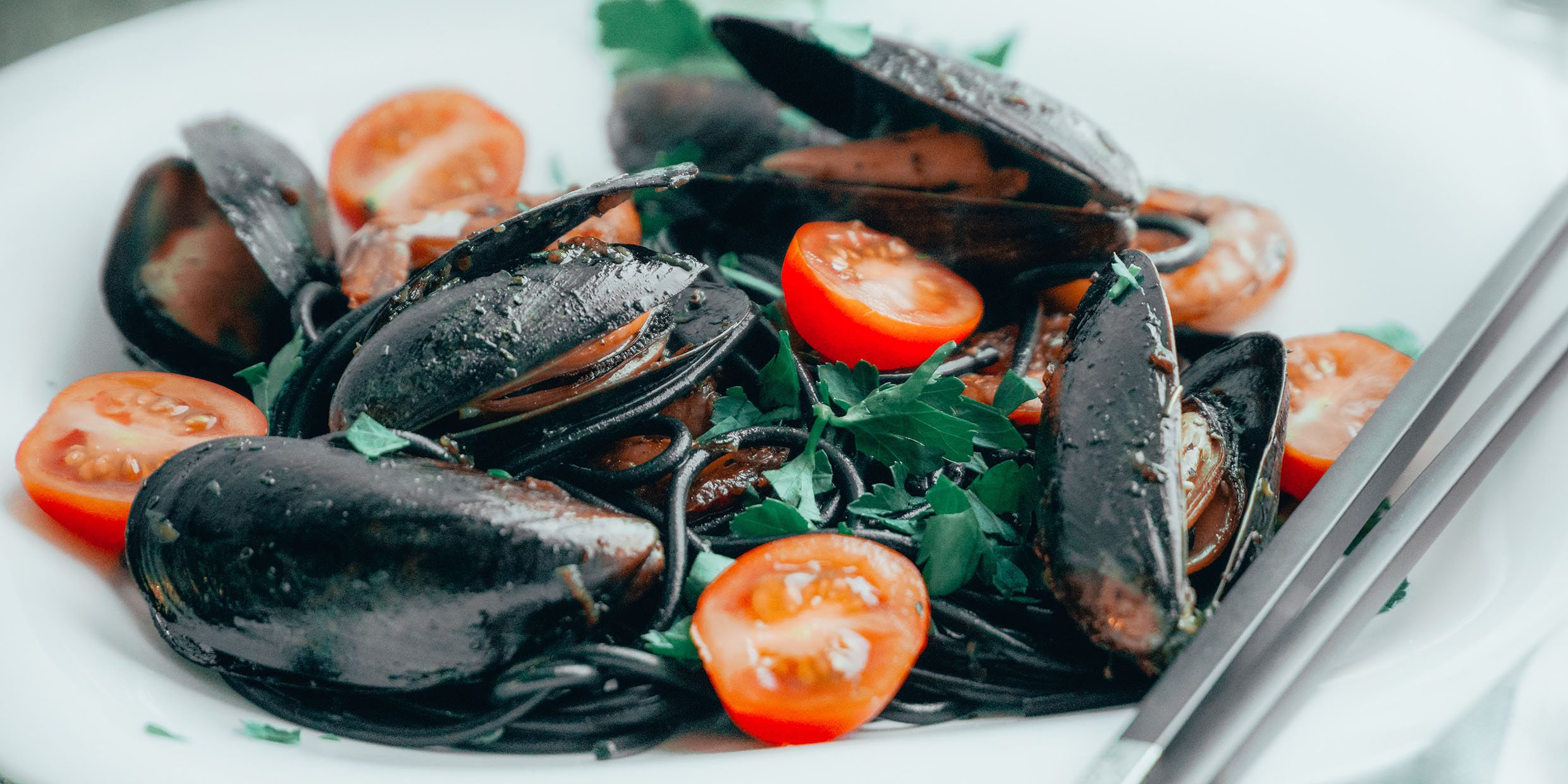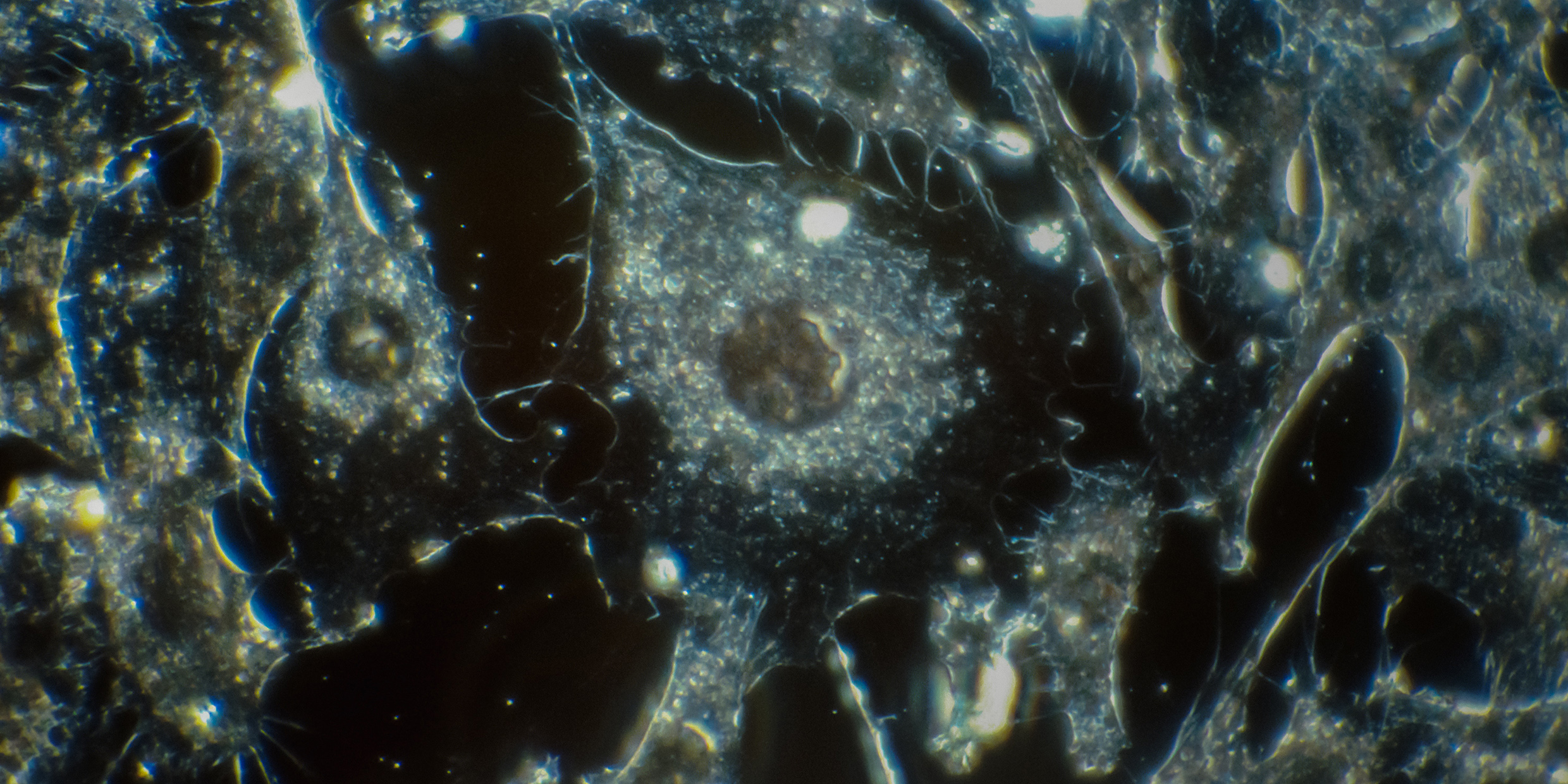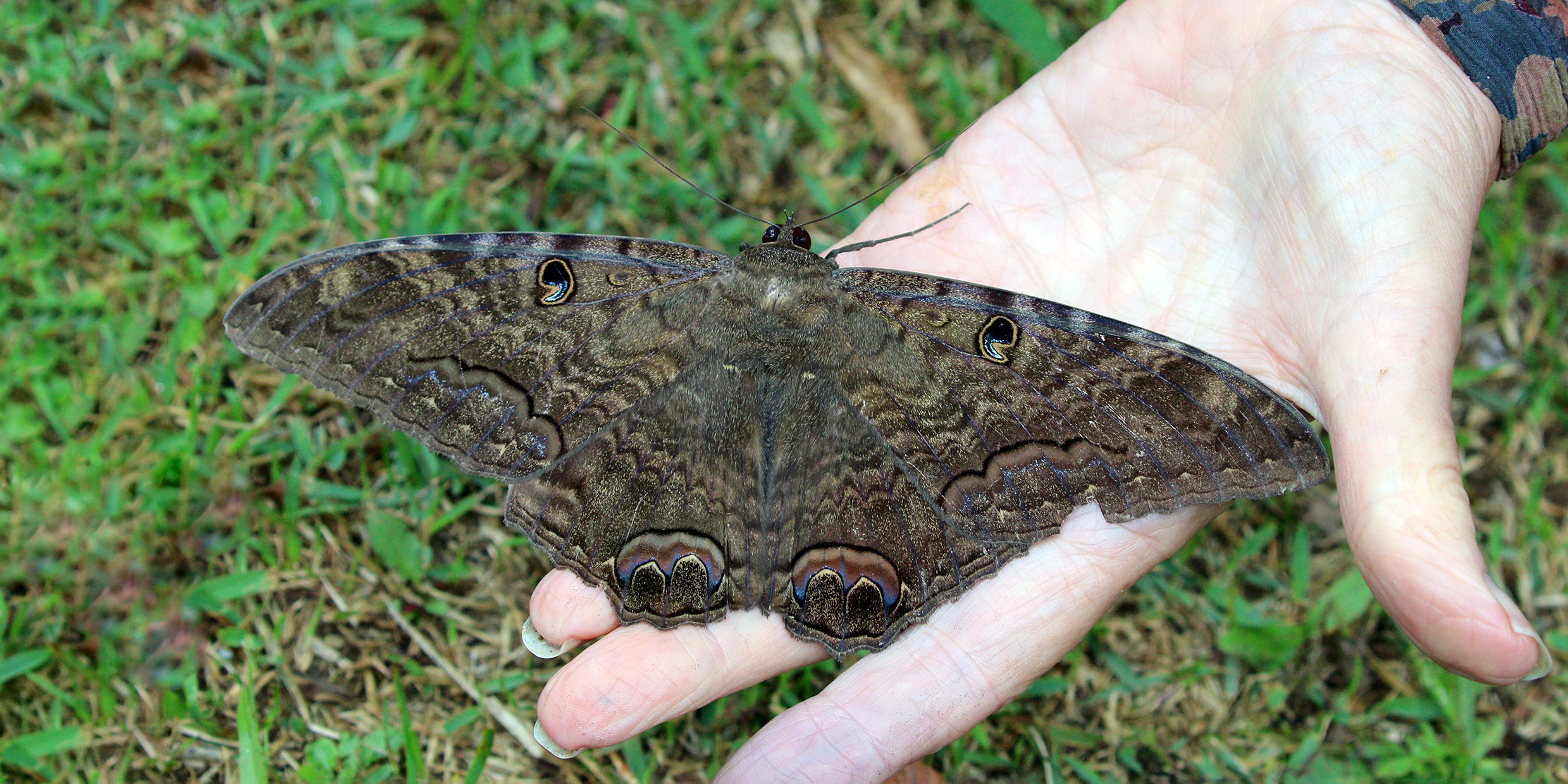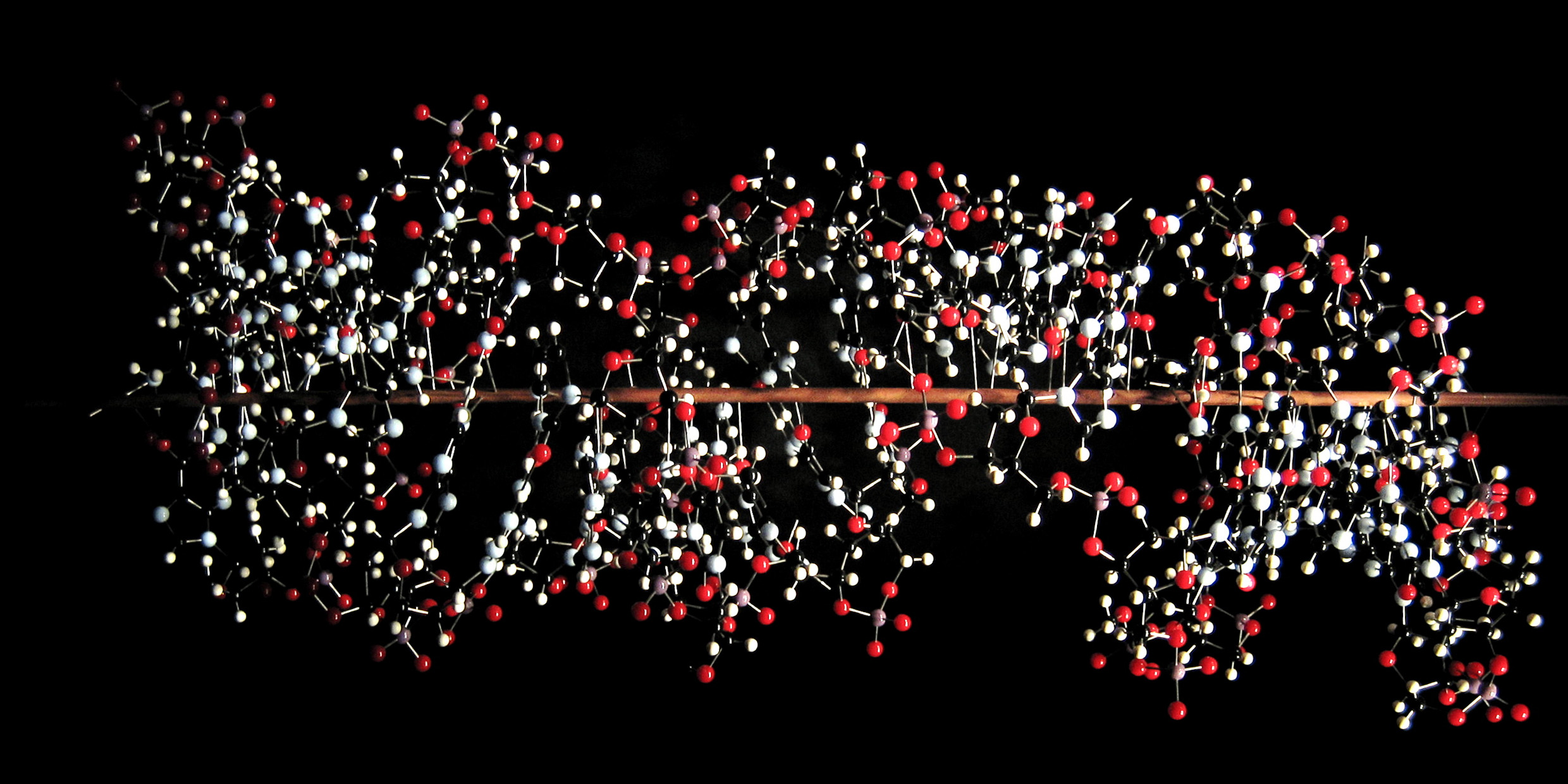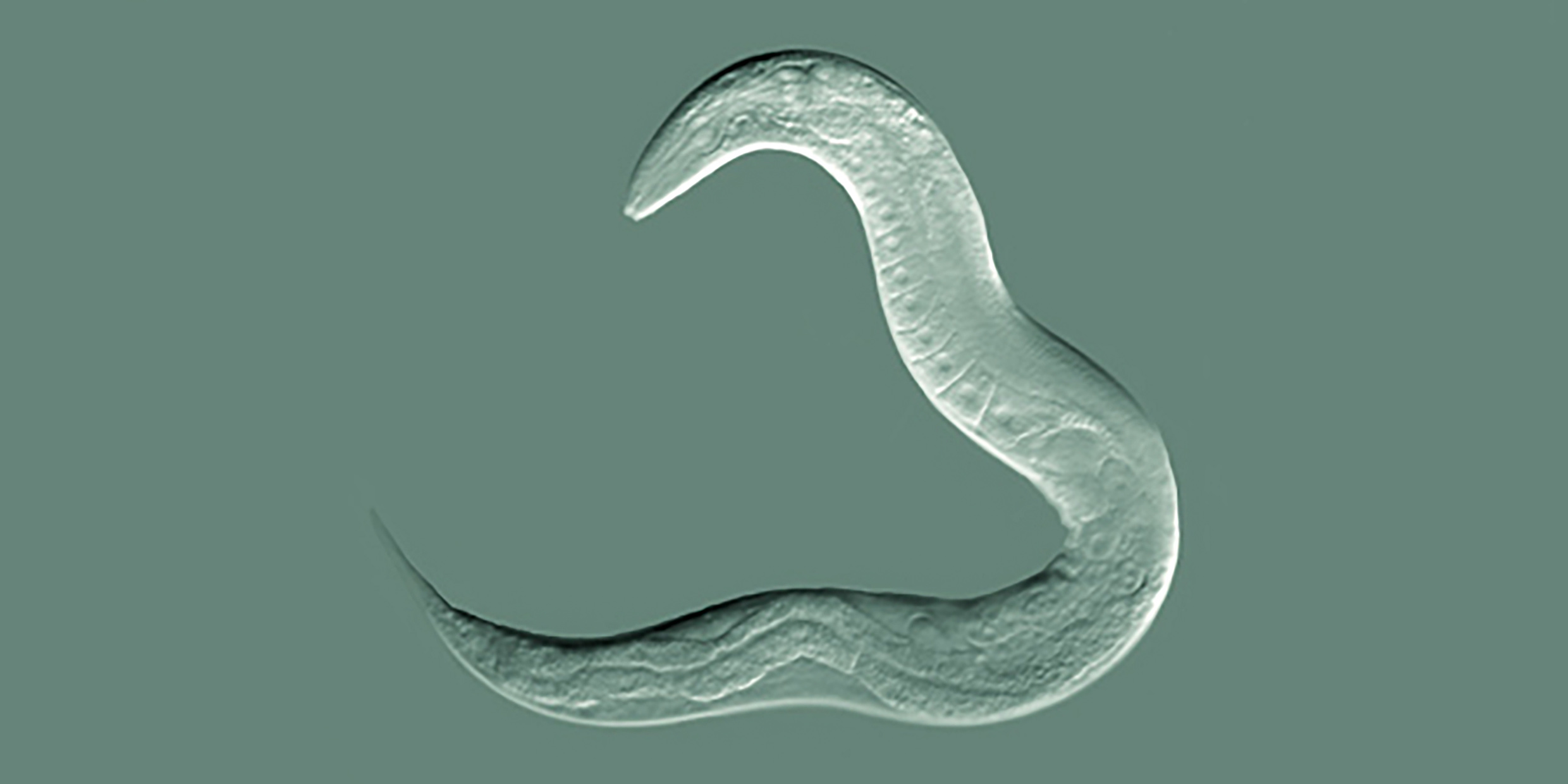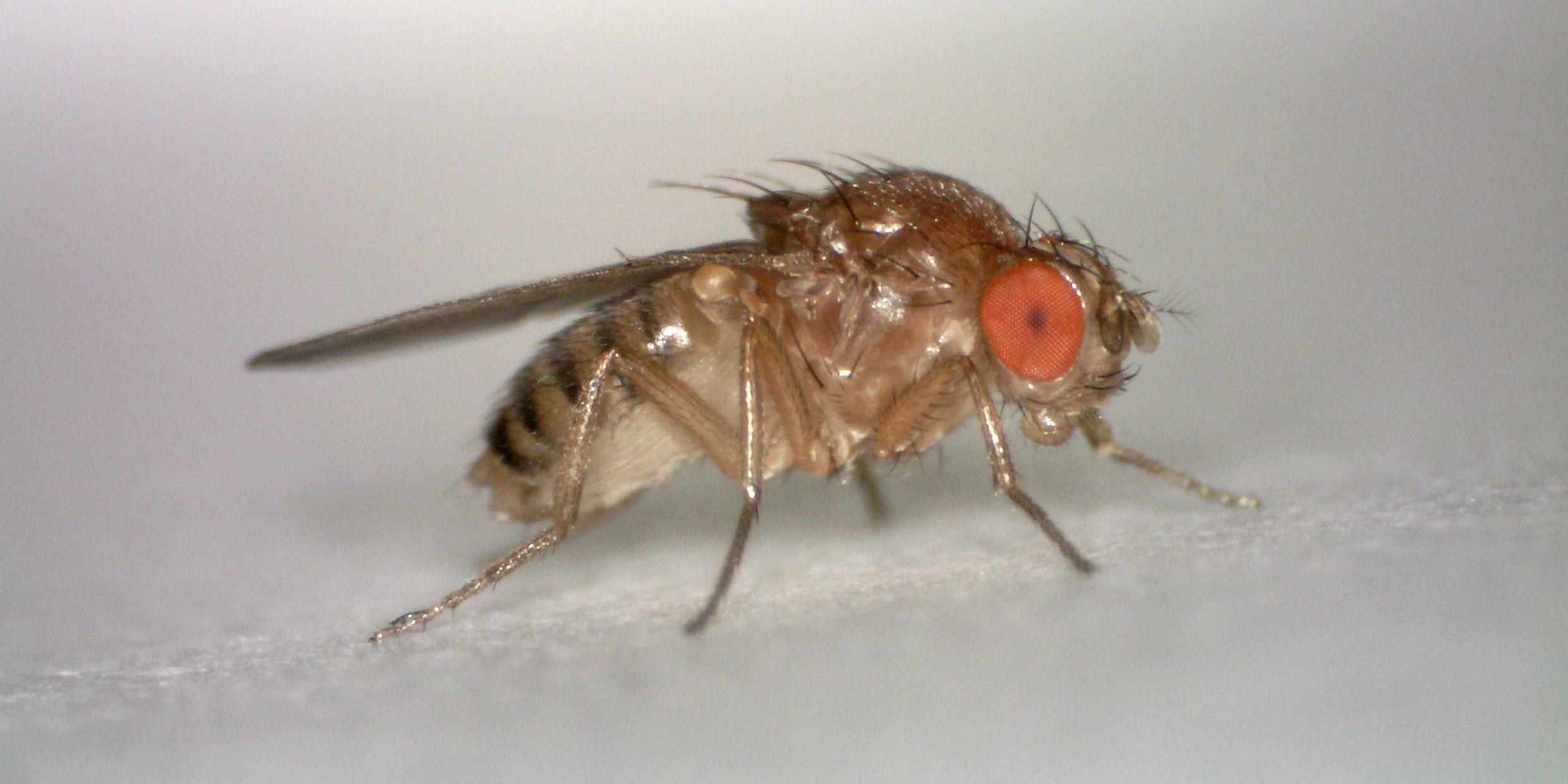I can’t remember the first time I heard it said that there is an arm’s length of DNA in every cell of our bodies, but I am certain that I blinked with disbelief. How can an arm’s length of anything fit into a microscopically small volume?
Articles with DNA
Making a mind
Francis Crick, the codiscoverer of the DNA double helix, writes in his book The Astonishing Hypothesis: “To understand ourselves, we must understand how nerve cells behave and how they interact.”
This mussel man is digging deep
There is no more delicious meal than a mess of saltwater mussels steamed in white wine, accompanied by a stick of just-baked French bread and a crisp green salad. And, of course, a carafe of chilled white wine.
The discovery is the thing
Which of the following works would you choose to be lost, if only three could be saved: Michelangelo’s Pieta, Shakespeare’s Hamlet, Mozart’s Don Giovanni, or Einstein’s 1905 paper on relativity.
Cancer: Our cells against ourselves
Now that bubonic plague, smallpox, cholera and many other diseases of high mortality are mostly things of the past, the Big C looms as the most frightening way our bodies can go wrong.
Greatest miracle is under wraps
We call it “the Year of the Bats.” Not your usual bats — the furry, warm-blooded mammals that skate the night sky and (according to myth) get caught in your hair. No, our “bats” are not bats at all; rather they are large black-brown moths with an 8‑inch wingspan, as big as an adult hand.
Glory, mystery of the genome
The sequencing of the human genome is an epic milestone in human intellectual history. You will hear it compared to the building of the atomic bomb, or putting a man on the moon. It is more, much more.
Time for a new Origin of Species
The mid-19th century was fossil time in science.
In this worm, the being pulls itself into being
“How do you make a worm?”
Fruit fly joins the quest to unveil secrets of life
Drosophila melanogaster, the “black-bellied dew lover,” better known as the fruit fly, has joined the list of creatures whose DNA has been sequenced. It is the second multicelled animal to achieve this distinction, with the tiny worm Caenorhabditis elegans.
